A. Symbol (tamga) of the Turk Shahis of Kabul
B. Panorama view of the excavation site at Mes Aynak (40 km south east of Kabul, Logar province, Afghanistan). The extent of the remnants of both profane and religious settlements that could still lie under the ground can hardly be estimated; however, just with the naked eye numerous traces can be discovered in an area of 400,000 m2. The settlement seems to have been in use from the 2nd into the 9th century CE. (© Anna Filigenzi)
C. Chapel with obvious traces of fire. Two of the originally four wooden pillars can be made out. Only minimal traces of the sculptural program have been preserved, among them an over-dimensional human finger and two animal ears. These fragments and the noticeably long base located across from the entrance indicate that the main cult image of this chapel was probably the Hindu goddess Durga slaying the demon Mahisha, who had hidden himself in the body of a buffalo; this type of representation is typical for the 7th/8th century CE. (© Anna Filigenzi)
D. View in a chapel with a small stone stupa (around 6th century CE). The round two-story superstructure sits on a wreath of lotus petals. The interior was originally decorated with wall paintings, of which only few traces remain, and the clay floor contained scratched decoration. (© Anna Filigenzi)
E. The "Large Chapel" of Tepe Kafiriyat from the 5th/6th century CE. In the interior was a relatively small image of the Buddha entering Parinirvana, the moment of his bodily death, surrounded by giant sculptures of other Buddhas and Bodhisattvas (only their legs have been preserved). (© Anna Filigenzi)



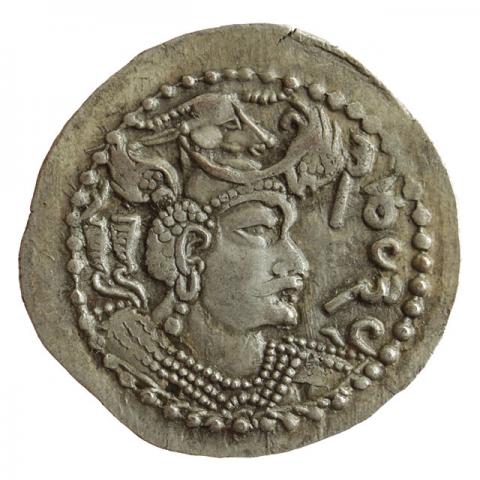
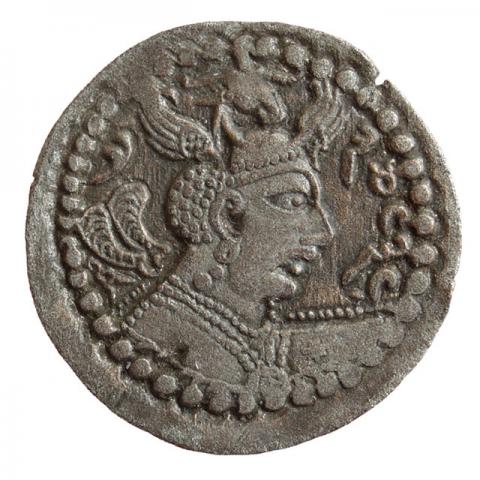
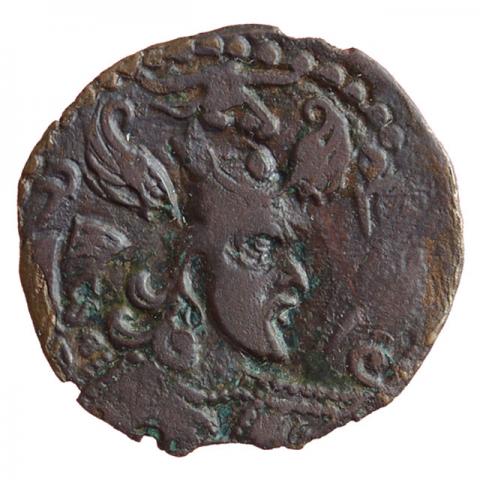
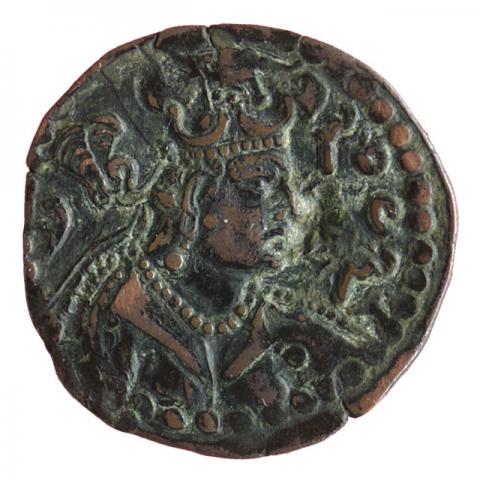
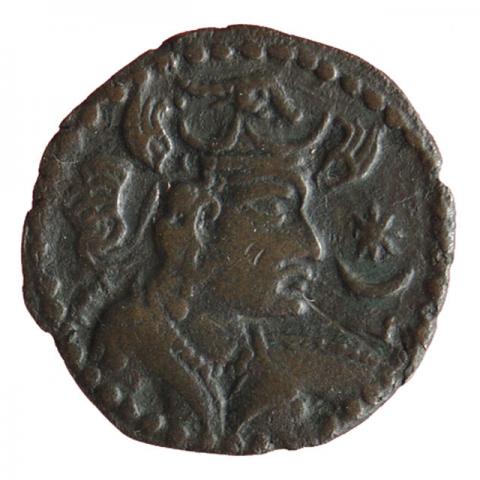

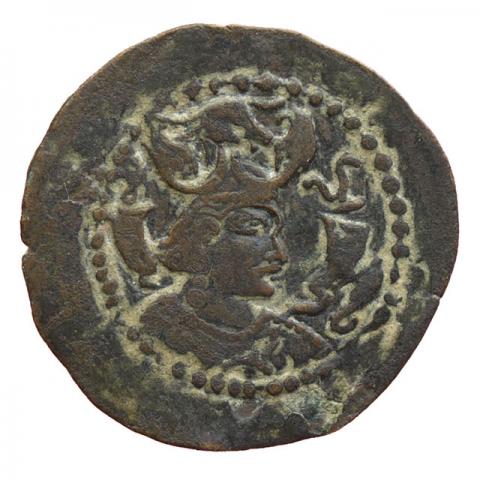
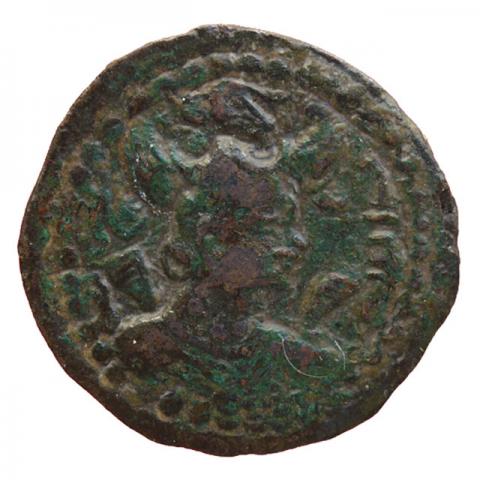

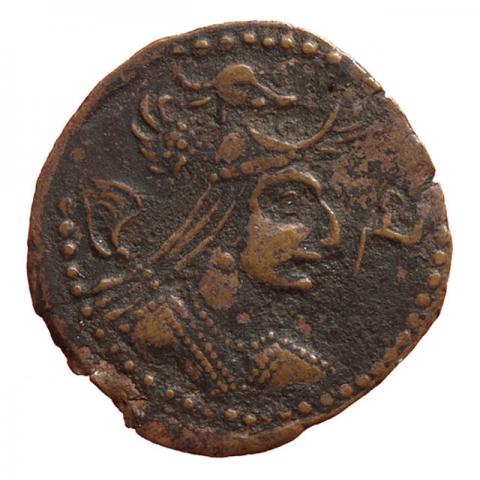

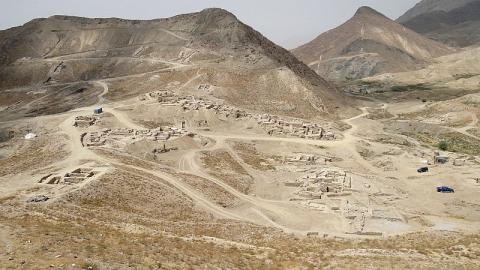
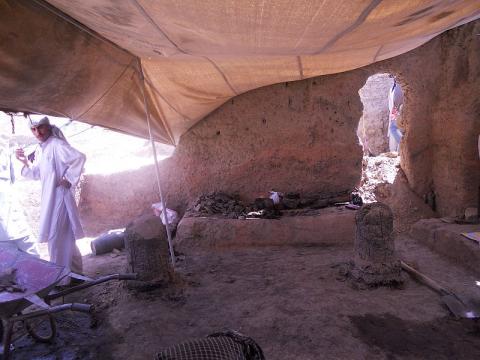

.jpg%3Fitok=D9CmboPs)